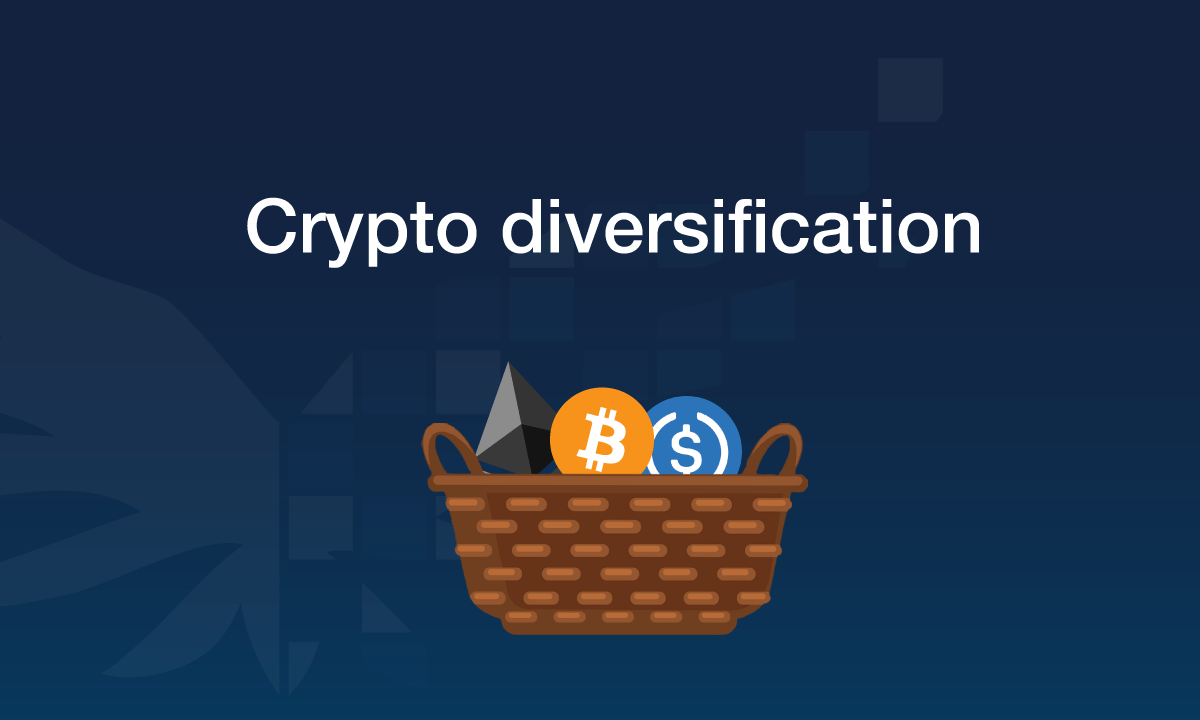Network Effects in Crypto: How They Shape the Future of Digital Assets
Network effects are a key concept in many sectors, including the world of cryptocurrency. In simple terms, a network effect occurs when the value of a product or service increases as more people use it. The more participants, users, or nodes a network has, the more beneficial it becomes to everyone involved, creating a positive feedback loop. In the context of cryptocurrencies and blockchain, network effects are particularly crucial as they can lead to network dominance, growth, and widespread adoption.
Understanding Network Effects
Network effects can be broken down into different types, particularly direct network effects and indirect network effects:
- Direct Network Effects: These occur when each additional user directly increases the value for other users. A classic example is social media platforms, where the more people join and participate, the more valuable the platform becomes for everyone else.
- Indirect Network Effects: These occur when an increase in the number of users leads to an increase in the value of complementary products or services. In crypto, these could include things like the growth of decentralized applications (dApps), exchanges, or infrastructure like wallets and payment solutions that are built to support a particular blockchain.
How Network Effects Apply to Cryptocurrencies
In the cryptocurrency space, network effects play a crucial role in driving the success and adoption of a blockchain or digital currency. The more users, developers, and participants there are within a cryptocurrency’s ecosystem, the more valuable the network becomes for everyone. Here’s how they work:
1. Increased Liquidity
One of the first indicators of a strong network effect in the cryptocurrency world is liquidity. Liquidity refers to how easily an asset can be bought or sold without significantly impacting its price. As more users join a cryptocurrency network, the market for that cryptocurrency becomes deeper and more liquid, making it easier for others to buy or sell the asset.
Take Bitcoin (BTC), for example. Its large user base and high demand from retail and institutional investors contribute to its status as the most liquid cryptocurrency. This liquidity creates a positive feedback loop because the more people trade Bitcoin, the more valuable it becomes, and the more likely it is that other people will also participate.
2. Developer Activity and Innovation
Network effects also drive developer engagement. As a blockchain network attracts more users and liquidity, it becomes an attractive platform for developers to build on. In turn, more decentralized applications (dApps) and smart contracts are created, which increase the utility of the cryptocurrency or blockchain.
For instance, Ethereum’s strong network effect has led to a booming ecosystem of decentralized finance (DeFi) applications, NFTs (Non-Fungible Tokens), and other dApps. Ethereum’s large and growing developer community is constantly innovating, creating new products and services that drive more users to the platform. The more developers work on Ethereum, the more value the network has for everyone, including users and other developers.
3. Trust and Adoption
Network effects are also a key driver of trust. In the crypto world, trust is essential for adoption. The more people that use and invest in a cryptocurrency, the more credible and trustworthy it appears to others. When a cryptocurrency network has a large user base, it signals to newcomers that the project is established and has a growing community.
For example, Bitcoin has long been considered the gold standard in cryptocurrencies due to its strong network effect. The longer Bitcoin has been in existence and the more people that use it, the more widely accepted it becomes, not only as a store of value but also as a medium of exchange in some parts of the world. This increases its adoption and encourages further participation, whether from investors, businesses, or individuals.
4. Increased Security
Another significant network effect in the cryptocurrency space is security. The larger a network becomes, the more nodes or participants there are to validate transactions. This decentralization enhances the security of the network because a greater number of participants makes it harder for bad actors to compromise the system.
For instance, Bitcoin’s Proof of Work (PoW) consensus mechanism relies on a global network of miners to validate transactions. The more miners there are, the more secure the network becomes. As Bitcoin’s network grows, it becomes increasingly resistant to attacks because an attacker would need an enormous amount of computational power to override the system.
5. Market Share and First-Mover Advantage
Network effects can also give rise to a first-mover advantage. When a cryptocurrency or blockchain network reaches a critical mass of users, it becomes increasingly difficult for competitors to challenge its position. This is because users and developers are already entrenched in the ecosystem, and switching to a competing platform may not provide enough value to justify the cost and effort.
Bitcoin, as the first cryptocurrency, had the first-mover advantage, and this has helped it retain its dominant position in the market. Other cryptocurrencies like Ethereum and Solana have also benefited from network effects by creating ecosystems that attract developers, users, and investors. Once a network achieves significant adoption, it becomes difficult for new entrants to replicate that level of success.
6. Tokenomics and Incentives
The economic model behind a cryptocurrency can also leverage network effects. Cryptocurrencies often use a form of tokenomics—a system of incentives designed to encourage certain behaviors from network participants. For example, holders of a cryptocurrency may be incentivized to hold onto their tokens rather than selling them, which helps stabilize the price and increases scarcity.
Additionally, many blockchain projects offer staking rewards or mining incentives to encourage users to lock up their tokens and participate in the network’s consensus mechanism. These mechanisms not only increase the security of the network but also drive the growth of the user base and ecosystem. The more people participate in staking or validating transactions, the more the network grows, creating another positive feedback loop.
Examples of Cryptocurrencies with Strong Network Effects
Several cryptocurrencies have demonstrated strong network effects that have contributed to their dominance in the market. These include:
- Bitcoin (BTC): Bitcoin has the longest track record of any cryptocurrency, and its large, global user base has led to high liquidity, trust, and adoption. Bitcoin is often referred to as “digital gold” because of its status as a store of value.
- Ethereum (ETH): Ethereum’s success is largely due to its vibrant ecosystem of developers building dApps and smart contracts. Its flexibility and programmability have led to the creation of the DeFi revolution and the booming NFT market.
- Binance Coin (BNB): Binance Coin has seen significant network effects thanks to its integration with the Binance exchange, which is one of the largest cryptocurrency exchanges in the world. The BNB token is used within the exchange to pay for trading fees, and it has become an essential part of the Binance ecosystem.
- Solana (SOL): Solana has gained rapid popularity due to its fast transaction speeds and low fees. Its strong developer community and decentralized applications have helped it establish a strong network effect.
Challenges to Network Effects in Crypto
While network effects can significantly boost a cryptocurrency’s value and adoption, there are challenges to consider:
- Centralization: Over time, some cryptocurrencies might face centralization issues, where a small group of entities controls a significant portion of the network. This could undermine the decentralization and security that are critical to blockchain technology.
- Competition: Network effects can also lead to intense competition. Newer cryptocurrencies with innovative features may challenge existing players by offering better solutions, faster transaction speeds, and lower costs.
- Scalability: As cryptocurrencies grow, they may face scalability issues. Without proper scaling solutions, the network could become congested, leading to slower transactions and higher fees.
Conclusion
Network effects play a critical role in the success of cryptocurrencies. The more users, developers, and participants a cryptocurrency or blockchain network attracts, the more valuable the network becomes. These effects drive liquidity, security, trust, and adoption, creating a positive feedback loop that helps the network grow.
However, it is important to recognize the challenges that come with growing a crypto network. Centralization, competition, and scalability issues must be addressed to ensure the long-term success of a cryptocurrency. Nonetheless, cryptocurrencies with strong network effects are poised to dominate the market and drive the evolution of the blockchain ecosystem in the years to come.




